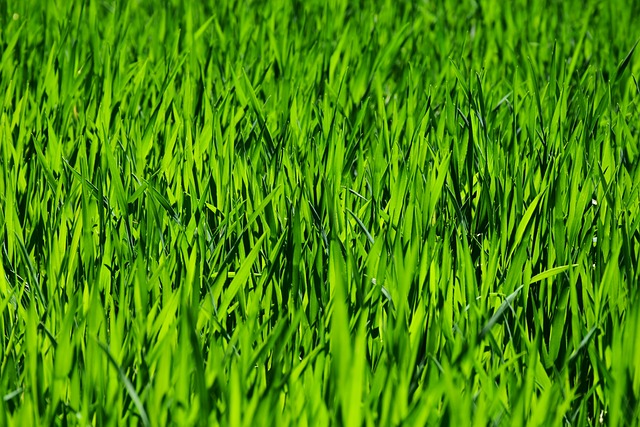Maintaining a healthy lawn requires understanding and meeting specific nutrient needs through tailored fertilization. Key nutrients like nitrogen, phosphorus, and potassium support leaf development, root growth, and disease resistance respectively. Application methods ensure effective delivery to the soil without environmental harm. Integrating fertilization with strategic weed control, including manual removal, pre-emergent, and post-emergent herbicides, promotes lush grass growth and suppresses weeds through balanced nutrient applications based on regular soil testing and consistent lawn care practices like mowing, watering, and aeration.
Lawn fertilization and weed control are essential components of effective lawn care and landscaping. Understanding the basics of nutrient application can transform your grass into a lush, green oasis. This article guides you through the process, offering insights on successful weed management strategies that complement fertilization efforts. By integrating these techniques, you’ll achieve optimal lawn health, enhancing your outdoor space’s beauty and functionality. Explore these tips for a thriving, vibrant lawn that becomes the envy of your neighborhood.
- Understanding Lawn Fertilization: The Basics of Nutrient Application
- Effective Weed Control Strategies for a Healthy Lawn
- Integrating Fertilization and Weed Management: Tips for Optimal Lawn Care and Landscaping
Understanding Lawn Fertilization: The Basics of Nutrient Application

Fertilization is a crucial aspect of lawn care and landscaping, as it provides essential nutrients that promote lush, green grass. Understanding the basics of nutrient application is key to achieving a healthy lawn. The process involves identifying the specific needs of your grass type, selecting the right fertilizers tailored to these requirements, and applying them at the appropriate time.
Nutrients like nitrogen, phosphorus, and potassium are vital for grass growth. Nitrogen encourages leaf development, phosphorus promotes root growth, and potassium strengthens the plant against diseases. Fertilizers come in various forms, including granular, liquid, and organic options. Proper application techniques ensure these nutrients effectively penetrate the soil, benefiting the lawn without causing environmental harm.
Effective Weed Control Strategies for a Healthy Lawn

Weed control is an integral part of maintaining a lush and healthy lawn. Incorporating effective strategies into your regular lawn care and landscaping routine can ensure a vibrant, weed-free yard. One of the most common methods is manual removal, which involves using tools like weeding forks or gloved hands to dig out weeds at their roots. This approach is best for smaller areas or specific, isolated weeds.
For larger spaces, consider implementing a pre-emergent herbicide. These products create a barrier that prevents weed seeds from germinating. Post-emergent herbicides are also effective, targeting existing weeds. When applying any chemical, follow manufacturer instructions precisely and ensure the product is suitable for your lawn type to avoid damaging the grass while effectively managing weeds.
Integrating Fertilization and Weed Management: Tips for Optimal Lawn Care and Landscaping

Integrating fertilization and weed management is a key strategy for achieving optimal lawn care and landscaping. Effective lawn care involves balancing the right nutrients to promote lush growth while minimizing unwanted weeds. Regularly testing soil health allows for precise applications of fertilizers, ensuring your grass receives the specific vitamins and minerals it needs. This scientific approach to feeding your lawn prevents over-fertilization, which can harm the environment and lead to worse weed problems in the future.
Incorporating strategic weed control methods further enhances the overall aesthetics and health of your lawn. Pre-emergent herbicides are excellent for preventing new weeds from sprouting, while post-emergent options target established weeds. Combining these techniques with proper timing and frequency allows for a beautifully maintained landscape. Regular mowing, adequate watering, and aeration complement these practices, creating a vibrant, weed-free lawn that enhances any outdoor space.
Lawn fertilization and weed control are integral components of any comprehensive Lawn Care and Landscaping strategy. By understanding the basics of nutrient application and implementing effective weed management techniques, homeowners can achieve lush, healthy grass and a vibrant outdoor space. Integrating these practices ensures a balanced approach to care, resulting in a robust and aesthetically pleasing lawn that thrives in harmony with its surrounding environment.
